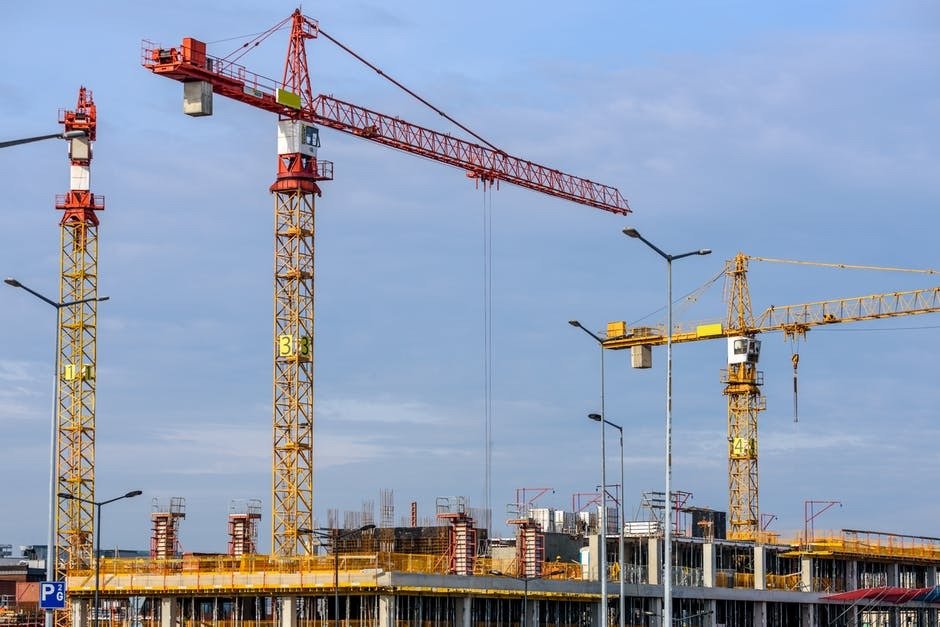How Can I Make My Cranes More Versatile?

Have you ever wondered how cranes work? If you are a crane operator, then you are probably well aware of the important role cranes play in our everyday lives. From being necessary for carrying heavy loads on construction sites to being used in the construction of skyscrapers, cranes are found in almost every part of the world today. There are various types of cranes that are used on different websites. Some of the most common types of cranes are wheeled cranes, fixed wing cranes, pneumatic cranes and wire rope cranes. You should consider to read more here in this article about how to make your crane versatile.
Wheeled cranes: The wheeled crane is the most common form of crane found on construction sites. It has a boom in its middle that is capable of lifting heavy loads. The boom of the crane is usually made out of steel or aluminum and can extend either forward or backwards. This enables the crane to be maneuvered in different ways to access different objects. A wheeled aluminum gantry crane usually has a cable on the deck that is used to raise and lower the crane. It is also usually equipped with sheaves, hooks, chains or ropes, which are used to lift and lower the load.
Fixed Wing and Two Species: Although fixed wing cranes are quite popular and used in many construction sites, these cranes differ from one another in the way they operate. Generally, fixed wing cranes are larger than two species types; however, the advantage of having them is that they have better agility, maneuverability and speed. They are commonly used in shallow waters or wetlands where it is possible to locate heavier objects without taking too much space. They can also move quickly over difficult terrain.
Telescopic Boom Cranes: Telescopic boom cranes are preferred when carrying lightweight loads such as boom bags. In addition to that, this crane type can also be fitted with hoists and harnesses. Typically, the cable of this crane runs through metal boom braces on the base of the unit. The crane is extended by using telescopic boom braces, which are usually found at the top or bottom of the unit. When choosing between boom cranes, you should consider the weight of the equipment as well as its ability to carry a greater weight compared to other types of cranes.
Hydraulic Boilers: Hydraulic cranes are very reliable, but they are not suitable for carrying heavier loads. You will find that the hydraulic boom cranes are powered with the assistance of water or air pressure. The hydraulic system of the crane pumps the water or air through the hydraulic cylinder, which then sends the power to the crane's blades. If you want a crane that is more robust and flexible, you can consider selecting a telescopic crane.
Outriggers: When you are looking for a good way to provide greater support while working on a construction site, the use of outriggers are highly recommended. These are widely used in the construction industry, because they provide stable platforms for workers while they perform tasks. There are two common outriggers types; those that are telescopic and those that are outriggerless. The former have spindly legs that extend vertically and are installed at the top of the crane boom; while the latter are installed at the bottom of the unit and do not have any spindles at the bottom. Both types are capable of providing stable platforms for various tasks, so you should ensure that you know what you need before making a purchase. Kindly visit this website: https://www.encyclopedia.com/science-and-technology/technology/technology-terms-and-concepts/crane-machine for more useful reference.
